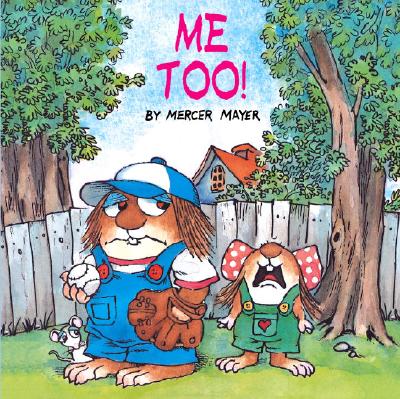by Ralph Fletcher
In Marshfield Dreams, Fletcher describes his early years growing up in a large family in Marshfield. This book a similar feel to Fletcher's Fig Pudding, but this book is a memoir and not a work of fiction.
If you working on personal narrative or memoir with your studtents this book is awesome. It is filled with stories that demonstrate the keys aspects of the idea trait: exploded moments, precise details, dialogue, and thought shots. It covers every other trait as well, but I'm currently focusing on ideas in my classroom, so that's what I noticed.
You could choose to read the entire book to your class or just pick and choose a few stories. The book does blend together as a whole, but the majority of the stories could stand alone also.
